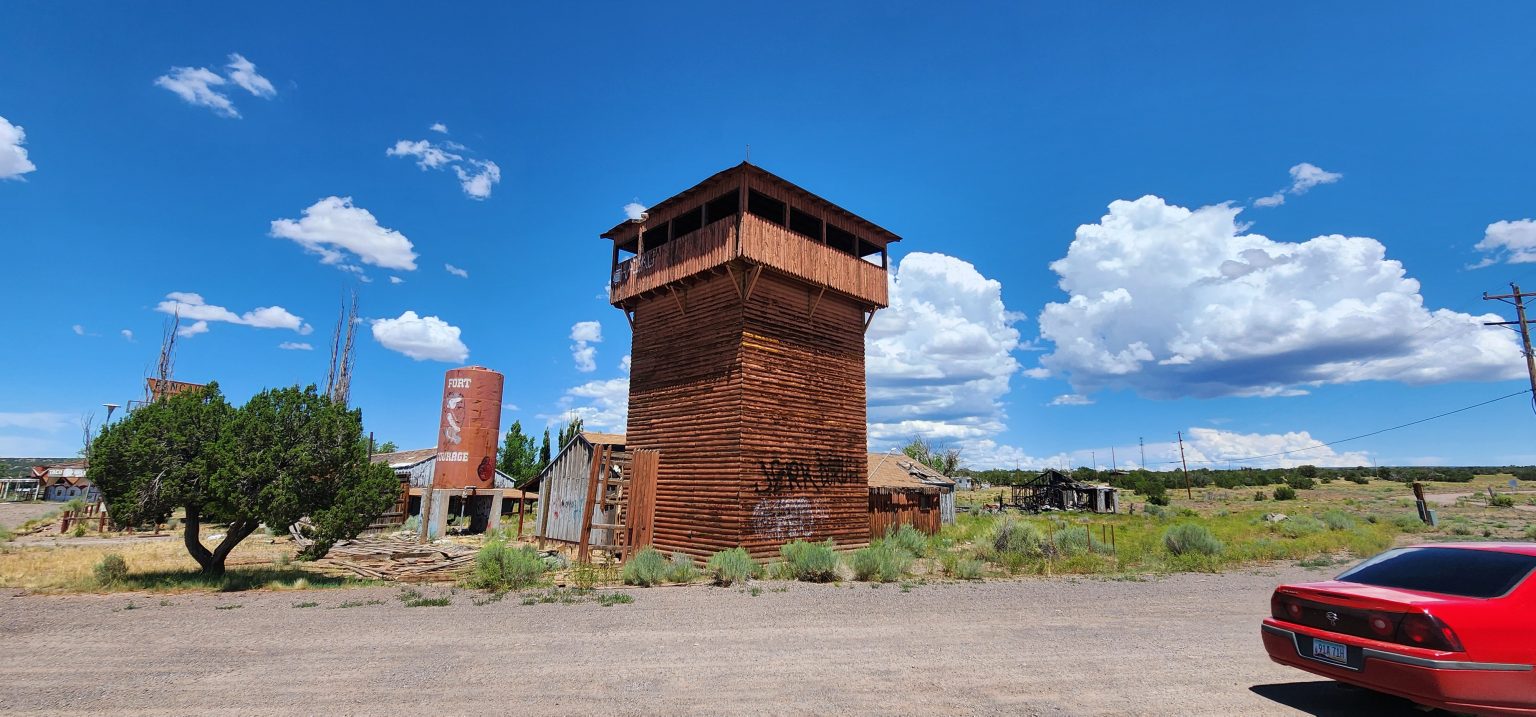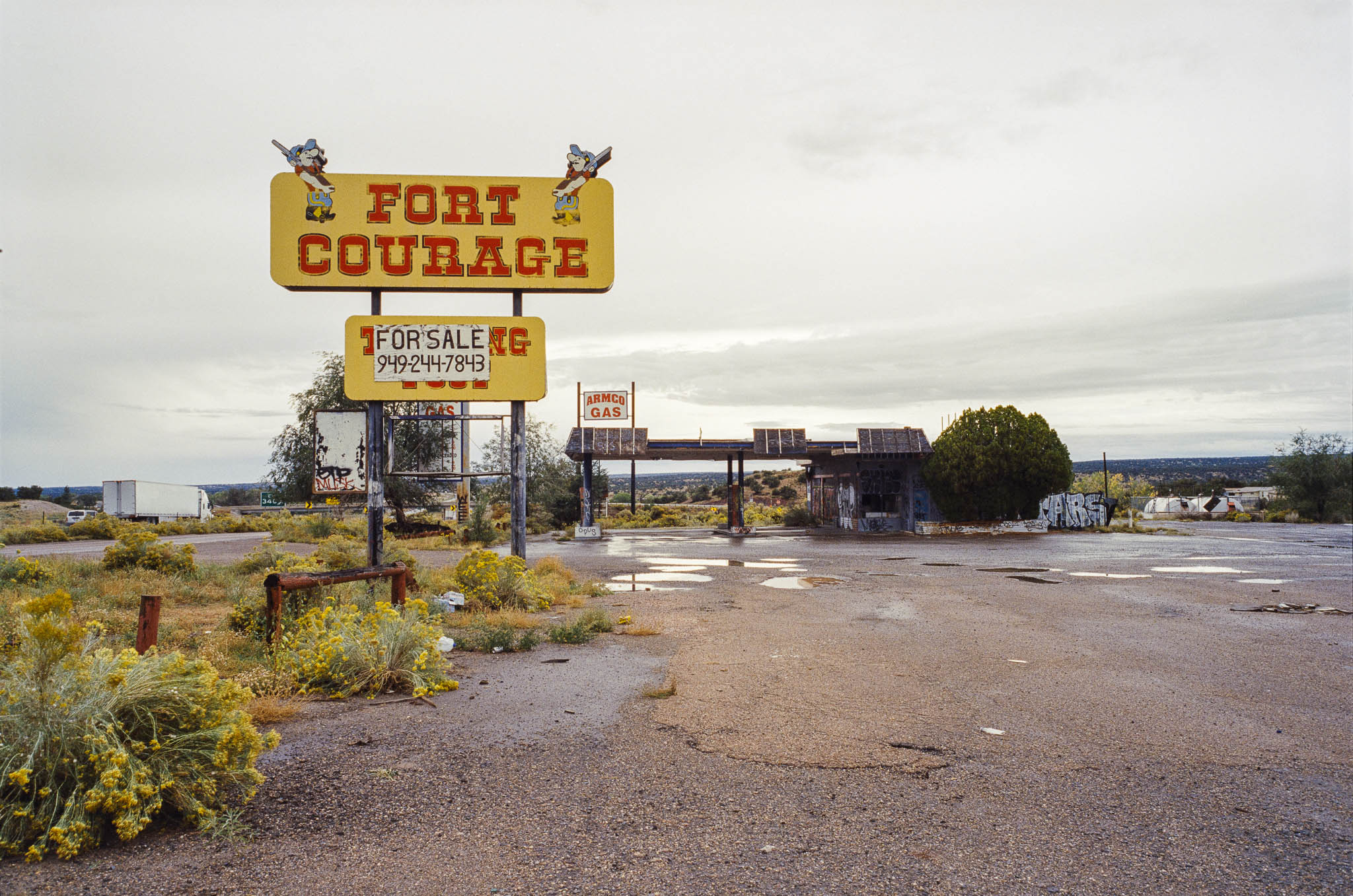
Houck, Arizona: Where the Vast Sky Meets Ancient Earth
The relentless hum of Interstate 40, a ribbon of asphalt cutting through millennia of human history, is a constant companion across the high desert of Northeastern Arizona. For most travelers, it’s a blur of sagebrush, red rock, and distant mesas, punctuated by the occasional truck stop or a cluster of roadside services. Amidst this vast expanse, just a stone’s throw from the New Mexico border, lies Houck, Arizona – a place many speed past, a mere name on a sign, a quick stop for gas, or a forgotten exit. But for those who pause, who look beyond the immediate convenience, Houck offers a profound, if understated, glimpse into the enduring spirit of the American Southwest, a testament to culture, resilience, and the deep connection between people and land.
Houck is, in many ways, a whisper in the wind, a quiet heart beating on the high desert plains. It’s not a bustling town, nor a tourist magnet. It’s a community, largely unseen, nestled within the vast embrace of the Navajo Nation (Diné Bikéyah). Its most prominent features are often a gas station, a convenience store, and perhaps a small cluster of homes, spread out under an impossibly huge sky. Yet, within this seemingly sparse landscape lies a rich tapestry of history, culture, and a way of life that has persisted for generations, quietly observing the endless flow of modern life along the interstate.
To understand Houck, one must first understand its setting. This is a land of dramatic contrasts: the stark beauty of red sandstone cliffs giving way to sweeping plains, where the air is thin and clear, and the sun paints the landscape in hues of ochre and burnt orange. It is a place where the silence, broken only by the wind or the distant drone of a passing truck, can be deafening, inviting introspection and a deep appreciation for the natural world. Elevating over 6,000 feet, the climate can be extreme, with scorching summers and harsh, snowy winters, further reinforcing the resilience required to call this land home.

The history of Houck, like many communities on the Navajo Nation, is intertwined with the broader narrative of the Diné people. Long before the asphalt of I-40, ancient trails crisscrossed this territory, connecting various communities and sacred sites. The land itself holds stories – of ancestral pueblos, of the Long Walk (Hwéeldi), a forced removal that saw thousands of Navajos marched hundreds of miles from their homeland in the mid-19th century, and of their eventual return and rebuilding. The tenacity forged during those harrowing times continues to echo in the quiet determination of communities like Houck.
The establishment of Houck as a recognized place often traces back to the early 20th century, emerging as a trading post. These posts were vital hubs in the remote Navajo landscape, serving as commercial, social, and cultural centers where Navajo families could trade their wool, rugs, and silverwork for goods, supplies, and news from the outside world. The name "Houck" itself comes from an early trader, reflecting a common pattern in the region where the trading post owner’s name became synonymous with the location. As roads improved and eventually evolved into the famed Route 66 and then Interstate 40, Houck found itself positioned as a crucial stop along these major arteries, a place where the traditional world met the modern traveler.
Today, the gas station at Houck is more than just a place to refuel; it’s a microcosm of the community’s interaction with the outside world. Truckers pull in, their rigs gleaming under the desert sun, seeking coffee and a break from the long haul. Tourists, often bewildered by the vastness, stop for directions or a snack. Local residents, speaking a blend of Diné Bizaad (Navajo language) and English, gather supplies, exchange greetings, and connect with their neighbors. It’s a nexus where journeys intersect, however briefly, a silent exchange between those rooted in the land and those merely passing through.
The true heart of Houck, however, lies beyond the immediate roadside. It resides in the homes scattered across the high desert, in the families who have lived here for generations, cultivating a profound connection to their ancestral lands. Life here is often characterized by a blend of traditional practices and modern realities. While satellite dishes and cell phones are common, many households still rely on wells for water, and some may not have access to electricity, highlighting the persistent infrastructure challenges faced by many reservation communities.
One resident, a weaver named Acoma Begay (a fictional character created for illustrative purposes, but representing a common archetype), whose family has lived near Houck for over a century, shares her perspective with quiet dignity: "This land, it’s not just dirt and rocks. It’s our history. It’s our church. When I sit at my loom, weaving the patterns my grandmother taught me, I feel the spirits of my ancestors in every thread. We are part of this land, and it is part of us. The highway brings people, yes, but it doesn’t change what is deep inside us." Her words encapsulate the deep spiritual and cultural connection that defines life on the Navajo Nation, a bond that transcends the fleeting presence of modern infrastructure.
The challenges in Houck are real and echo those found in many remote Indigenous communities. Economic opportunities can be scarce, leading younger generations to seek education and employment in larger towns or cities, a phenomenon known as "brain drain." Access to quality healthcare, education, and fresh food can also be limited. Yet, despite these hurdles, there is a powerful sense of resilience and cultural pride. The Navajo language, though facing modern pressures, is still spoken, stories are still told, and ceremonies continue to connect people to their heritage and to the land.
The landscape itself plays a crucial role in shaping the identity of Houck and its people. The ever-present mesas, like ancient sentinels, stand guard over the plains. The arroyos, carved by infrequent but powerful flash floods, crisscross the terrain, whispering tales of water and erosion. And then there is the sky – an immense, boundless canvas that shifts from brilliant azure to fiery sunset, and finally to a breathtaking tapestry of stars, unmarred by light pollution. This celestial display is not just beautiful; it is a source of inspiration, guidance, and a reminder of the vastness of creation, deeply embedded in Navajo cosmology.
For the passing traveler, Houck might be just another dot on the map, a fleeting moment in a long journey. But for those who live there, it is home, a place of deep roots and enduring spirit. It is a place where the ancient meets the modern, where tradition dances with change, and where the quiet strength of a community persists against the backdrop of a relentless world.

As the sun dips below the horizon, painting the sky in hues that defy description, the hum of I-40 fades into the vast silence of the desert. The stars begin to emerge, one by one, millions of pinpricks of light illuminating the landscape. In the heart of this seemingly empty space, Houck continues its quiet vigil. It reminds us that true significance is not always found in the grand and the obvious, but often in the subtle, the resilient, and the deeply rooted places that hold stories and spirit, waiting patiently for those willing to pause and truly see. Houck, Arizona, is more than just a stop on the road; it is a living testament to the enduring power of place, culture, and the human spirit in the vast, beautiful heart of the American Southwest.


